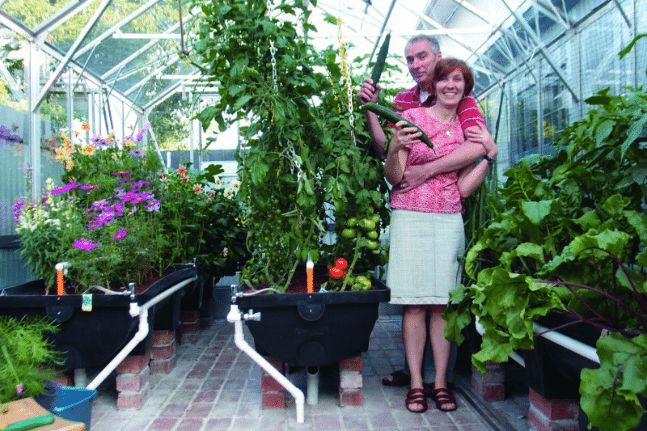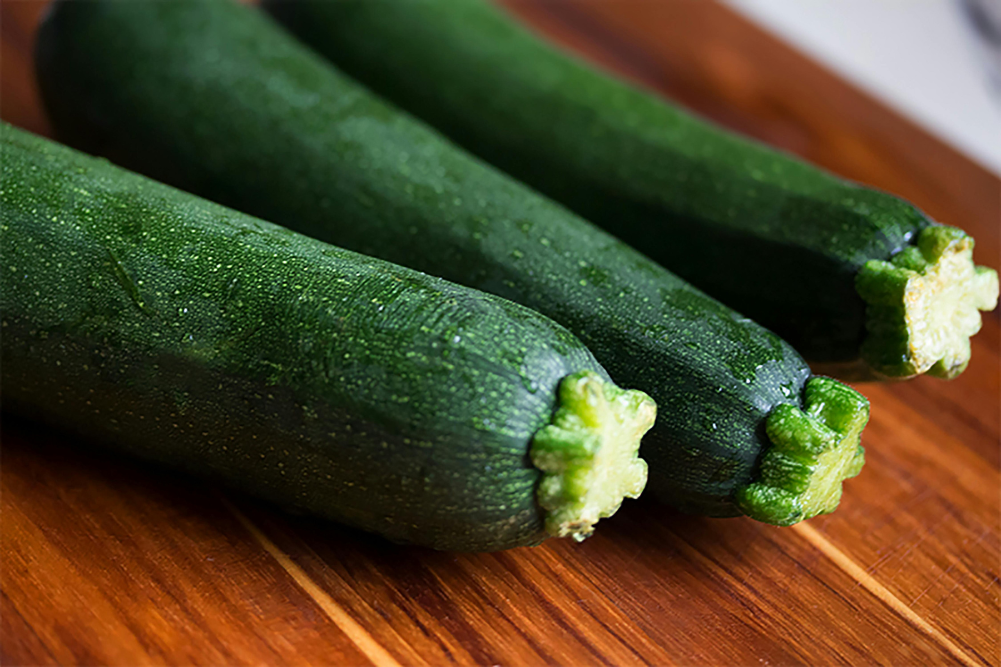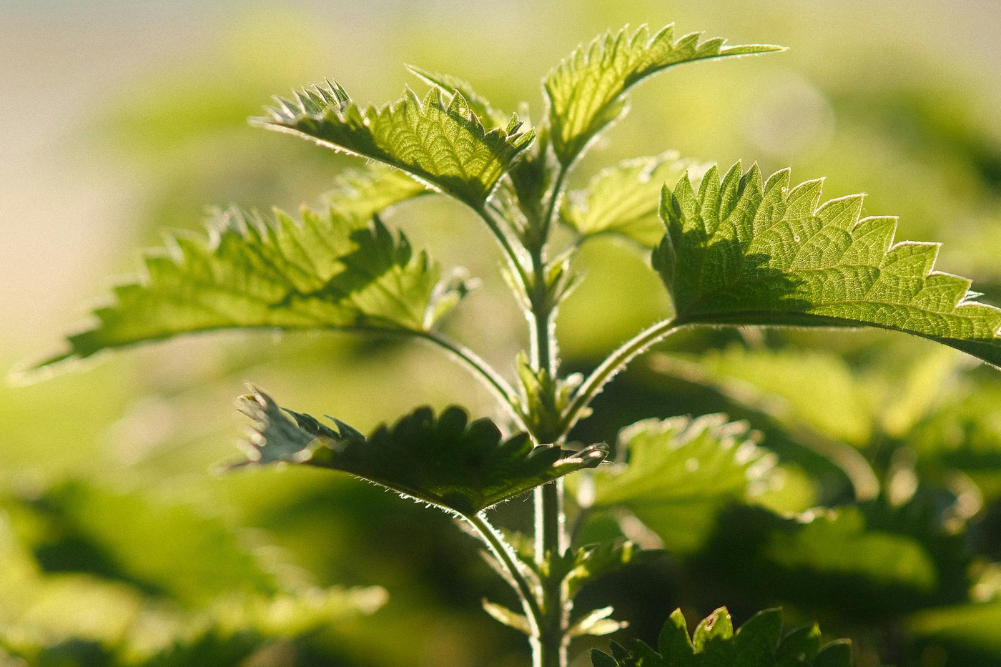Sustainable home for a sustainable life
Would you like your home to be environmentally healthy but don’t know where to start? Do you like the idea of having reduced bills in a comfortable, non-toxic home while reducing your impact on the earth, but need the knowhow?
Whether you want to implement small changes immediately or are seeking solid information for retrofit or rebuild, passive design, permaculture, solar power and sustainable technologies, get inspired, get out of your house and get into someone else’s at the annual Sustainable House Day, held each September throughout Australia.
What is Sustainable House Day?
Sustainable House Day (sustainablehouseday.com) is a nationwide event in which impassioned sustainable homeowners open their doors and hearts to the general public, providing educational talks and tours of their own homes for free. First established in 2001, this inspirational, generous community day is an initiative of the Australian Solar Council (formerly the Australian Solar Energy Society or AuSES), currently managed under licence by EnviroEvents.
In the 2012 Sustainable House Day, 220 homes opened with 38,000 visitors, 400 volunteers, 31 sustainable community groups and 75 local events. Forty councils participated nationally. In many homes on this day each year, experienced builders, architects, designers and sustainability group members are on hand offering expert advice. Event manager Jodie North says, “Homeowners who open their homes press the message of sustainability whether just one person attends or 500. They are passionate and really want to see sustainable living grow within the community.”
Meet three couples who opened their doors during the 2014 Sustainable House Day. As each demonstrates by example, sustainability is empowering, achievable and aims for all of us to see out a viable future on this beautiful planet.
Sue & Michael: Coogee, NSW
“Our house is a big heat sink … we don’t need feather doonas any more. In winter, we have just one thin blanket over each bed.” ~ Michael
For Sue and Michael’s family of five, Sustainable House Day has always been a research and information-gathering event. “We have been able to build a lovely home in Sydney’s eastern suburbs that is sustainable and price equivalent and the ongoing costs are no longer there,” says Sue.
Sue and Michael completed their sustainable build in 2012. It features under-floor solar hydronic heating, green concrete, a grey-water reed bed, sustainably sourced timber, low-flow taps, toilets, showers and water-efficient appliances, low-VOC (volatile organic compound) carpets, paints, glue, HDPE water pipes (minimal PVC), sun-reflective paint on the roof and, among other inclusions, a beautiful, untreated swimming pool that serves as a native billabong. Their gardens are either food-producing or nature-inviting, encouraging local wildlife.
This couple sought out homes with solar hydronics featured at each Sustainable House Day. Sue says, “To be able to talk to a real person and understand their experience has been so beneficial for us.” Due to street location and to give access, the garage remained in the north on their property, so they placed all the solar photo-voltaic array and hot water systems there. These systems use the energy of the sun to power the home and heat all domestic hot water.
“The solar hydronics is embedded in the house,” explains Michael. “In winter, excess water is piped through masonry floors to keep the house warm. It’s gas-boosted, so if there are heavy rains and not enough solar, we’ve got gas to draw on.” They gave themselves a “second” northern frontage towards the rear of the house by having an open verandah on the side and north-facing glass doors to the living area at the rear of the property.
To incorporate as much light into their home as possible, Sue and Michael used north-facing clerestory windows with eaves. In summer, the open windows allow warm air to be drawn out of the house, and eaves prevent sunlight falling directly on internal surfaces, Sue explains. In winter, both light and warmth can enter when the sun is lower in the sky. They used double-glazing on all windows, which added about 10 per cent to the cost “but made it so much more comfortable”, says Sue. All the windows frames are thermally broken.
Cupboard refrigerators get very hot, so they elevated the fridge on blocks with grates at the top and bottom and created a draught area around the fridge within the cupboard space, reducing energy use. They insisted on towel rails for each family member. “The architect couldn’t believe we were specifying so many towel rails,” says Sue, “but it is so much better for the environment.” With the towels drying properly, they only need to wash towels fortnightly.
There are small things you can do to green your own home, encourages Sue, like LED downlights. “You are paying a similar price and LED hardly needs replacing. The power use is a fraction of the price [of that used by standard lights] and doesn’t generate as much heat.” Upgrading to energy-efficient appliances translates to reduced money and power usage, she notes, and has cut their own power bills in half.
They planted deciduous trees outside west-facing windows: another energy saver and a beautiful addition to the outdoors. Deciduous trees exclude sun and heat in summer, and enable sunshine to penetrate into the residence during winter, after their leaves fall.
“I can only control what I do, and lead by example,” Sue reflects. She is on the Green Team at work and the Sustainability Committee at her children’s local primary school, helping create the school’s compost system and saving AU$150 a week in waste. Their own family turned the weed patch at the end of their cul-de-sac into a neighbourhood composting area, with four compost bins amid native plants and surrounds.
“It’s also like a rain garden,” Sue smiles. “There’s a whoosh of rain and it’s a lovely entrapment area to water the Garden.” Her philosophy towards life is, “I can’t make neighbours compost, but I can provide them the opportunity. It’s all about encouraging others to take responsibility for their own waste.”
Roman & Janna: New Farm, Qld
“You don’t need to buy expensive things to live healthy lives.” ~ Roman
The Spur family — Roman, his partner Janna Cejnarova and their toddler Lada — are proof you can live sustainably in a rental property. In a one-bedroom unit, they live affordably, focusing on natural health and on building community, with creative, inexpensive living strategies that lighten their impact on the earth.
Theirs is a story of living simply. They earn around AU$1800 a month with rent being $1200, leaving $600 a month to live on. Their Grocery expenditure is less than $50 a week, with most of their food coming from their small 100-square-metre self-created organic backyard and including herbs, fruit, vegies, nuts, grains, eggs, honey and harvested seeds for baking bread.
They make their own cleaning products and shampoos and use homegrown aloe vera for their personal skincare, toothpaste and smoothies at home. They cook most of their food by solar power and proudly purchase green power. Their electricity consumption per quarter is around AU$100. They drive diesel on $20 a week, but mostly cycle.
This family has not gone without. They are happy and don’t need much in the way of material possessions. Since arriving in Australia seven years ago, they have visited most of it and, while in full-time work, have saved $300,000 to buy their own home. Roman urges, “If you can’t afford it, don’t buy [a home] … look at the bigger picture [and] holistic approaches to living.”
He will inspire you to focus on joy and create self-sufficiency through their small business Spurtopia (spurtopia.blogspot.com.au), teaching workshops by donation about future resilience and growing food in your own garden, backyard or balcony space.
Roman, who has a PhD, had always been a sustainable designer until he left his job two years ago to create his family utopia. On Sustainable House Day, people come to the Spurs’ place to learn about their organic garden within a rental property, their lifestyle choices and Roman’s solar inventions. Roman and Janna are enthusiastic and infectiously optimistic, and will inspire you to live comfortably on less.
“We use the sun for our benefit — we can’t believe more people aren’t doing it,” says Roman. They made their own solar hot-water system from corflute (a hollow, fluted plastic board), a shower screen and irrigation tubing costing $50. And, says Roman, “The hot water tank is a rubbish bin and stores 200 litres of water at 50–60°C.”
Their handmade solar oven is crafted from recycled materials and a satellite dish forms the solar cooker. They share excess food with other tenants and barter at a regular fruit-and-veg swap. The real estate agent agreed to their keeping chickens after receiving a written petition of consent, signed by other tenants living within the unit block.
They also have two beehives in their thriving garden, which produced 160kg of raw honey in their first year. “Beehives are the most efficient system you can have in your backyard because of the [surrounding] pollination. We then have honey — and sweeten the neighbours with honey. You harvest around 500g of pollen a day, harvesting royal jelly, beeswax and propolis as well.” Roman says he asked the neighbours’ permission first and “had no idea about beekeeping [until he] read a book and joined a beekeeping club. It doesn’t need to cost a fortune.”
As there is a lot of concrete in their backyard, Roman made raised garden beds from Styrofoam self-watering broccoli boxes. “They keep it cool in summer and warm in winter,” he explains. “If we can make it for free, then you can, too, and we want to share our inventions.” Their worm farms are made from planter buckets and Roman suggests that renters use a fruit and vegetable pyramid so that your fruit and vegetables move with you.
Roman revealed that his and Janna’s rental property is due for demolition, so the entire ecosystem in their backyard will be destroyed. However, they are busy filming their sustainable rental experiences for their website. Speaking of what drives him, Roman says, “We are leaving our children with a lot of garbage to deal with and they are going to ask, ‘What did you do about it?’”
This couple’s answer encourages you to take the first steps, urging you to create your own sustainable utopia within the urban experience of life.
Helen & James: Elsternwick, Vic
“I always thought it insane to use the best drinking water in the world to water a garden.” ~ Helen
Helen and James have transformed their dark and draughty 1890s Victorian house into a comfortable, light-filled, sustainable and air-conditioning-free home (sustainable-house.net). “Our objective is to live well with less impact,” says Helen. “Progressively, we look at everything and question what we can turn off that’s non-essential. Anyone and everyone can live like this. Cutting greenhouse [gas] emissions is our priority.” Their energy consumption is around 70 per cent less than the typical family home. They have zero greenhouse gas emissions from electricity with the use of solar and 100 per cent green power.
Helen says, “The most important [sustainable action] is to have green power, because in doing that you minimise the largest source of your emissions in one easy, low-cost way … it’s the cheapest, most important form of doing the right thing you can have.”
Helen exclaims that Sustainable House Day, in their home, “is like a festival!” In 2014, they had 237 people through and opened over another three days for school and community groups. “People chat, there are debates and well-informed people contribute their own insights. It’s a positive wellbeing community where a lot of people are on a journey to live more sustainable lives.” She explains, “We went to Sustainable House Day for over a decade and wanted to reciprocate … When people realise they are part of the problem and solution, they change their lives and want to share it with others.”
When they moved into their house in 2001, Helen and James immediately blocked the chimneys and sealed gaps throughout. The fireplace is used as a thermal chimney to draw air in and stabilise the temperature of the house. On their website, this couple supply data on energy consumption and water savings in their home to inspire you in yours.
One of the biggest features on their land is their hydroponic glasshouse for year-round harvest. Helen says decidedly, “We have been able to substantially change our water use as a result of having rainwater tanks and a greywater system. Our extensive garden now is lush and only watered with town water at the hottest time of the year, if at all. This is a major saving to us and our public watering system.”
Helen says, “There is a hunger for genuine information and experiences on sustainable living, not only among home owners but also among people renting apartments.” Examine your own ecological footprint using online sources and see where you can make changes straight away, she suggests.
The World Wildlife Fund (WWF) states that Australia has one of the largest ecological footprints per capita, requiring 6.25 global hectares per person. New Zealand is not far ahead, with their ecological footprint requiring 4.9 global hectares per person in 2010. According to the WWF, “If the rest of the world lived like we do in Australia, we’d need the regenerative capacity of 3.6 Earths to sustain our demands on nature.”
Sustainable House Day gives you the opportunity to visit urban homes and rural homes, retrofit homes and purpose-built ones, and some rental properties. You can check out apartments, off-grid homes, get information on thermal performance, solar and wind power, visit community gardens, straw-bale houses, sustainability centres and much more. Jodie North of EnviroEvents says, “The information is available and it’s free, so get out there and tap into it!”








